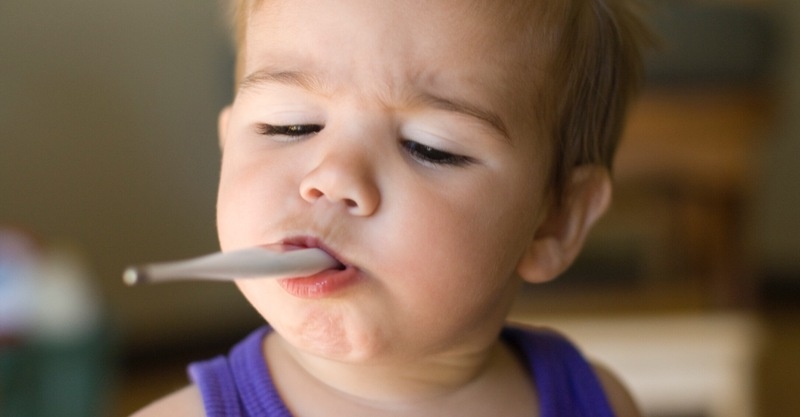Key Points
- The article discusses the potential risks of cheerleading, highlighting that it is considered the most dangerous sport for American women, with 66% of catastrophic sport-related injuries among women in the U.S. due to cheerleading.
- The most common injuries among cheerleaders are strains and sprains, accounting for more than half of all injuries. These can sometimes lead to serious nerve injuries, requiring extensive medical treatment.
- Other common injuries include fractures and dislocations, often caused by the complex maneuvers cheerleaders perform, and soft tissue injuries such as torn ligaments and sprains to muscles and tendons.
- Concussions and other head injuries make up approximately 3.5% of cheerleading injuries, often resulting from falls during tosses and throws. Lacerations and tears account for 3.8% of cheerleading injuries.
- The article concludes by emphasizing the importance of understanding the risks associated with cheerleading, and the need for parents and coaches to be aware of a child's limits and where to seek urgent care if required.
If your child is considering trying out for the cheerleader squad, as
parents, you should know about the most common cheerleader injuries.
Today's squads are not just for girls but also boys. As children age,
they even continue to cheer from the sidelines in high school and
college. Here are the most common injuries along with surprising injury
statistics.
The Huffington Post calls cheerleading the most dangerous sport for American women. They reported that 66 percent of catastrophic sport-related injuries among women in the United States are due to cheerleading. This hold more closely to competitive cheerleading versus football sideline cheerleading.
1. Strains and Sprains
Strains
and sprains are the most common injuries among cheerleaders accounting
for more than half of their injuries. According to Scholastic.com, Gabby
Taylor, a 15-year-old high-school student and captain of her team
suffered what was first thought as a sprain but ended up being a nerve
injury that traveled from her shoulder, down her arm and to her fingers.
Taylor needed serious nerve surgery to recover properly.
Related: Care Continuum: Where to Go When Your Sick or Injured [INFOGRAPHIC]
2. Fractures and Dislocations
Approximately 16.4 percent of cheerleading injuries are fractures or dislocations. Usually, these injuries are caused by the complicated maneuvers cheerleaders attempt. One 18-year-old girl in California, broke her neck after being thrown 15 feet into the air and landing head first on the ground, reported Scholastic. Tosses and throws, are popular for squads, especially those who want to compete in cheerleading titles. And, once stronger boys join the team, these tosses and throws are getting higher making falls even more dangerous.
3. Soft Tissue Injuries
About a quarter of cheerleading accidents are soft tissue injuries. Torn ligaments and sprains to muscles and tendons are included in these stats. As coaches encourage students to push the limit on splits, stretches and the acrobatics, these soft issues injuries are becoming extremely common.
4. Concussion and Head Injuries
Approximately 3.5 percent of cheerleading injuries result in concussions and other head injuries to the face like lacerations that require stitches. Many concussions are still not reported. Kali Wald, an 18-year-old in Illinois was tossed in the air and landed, "first on her upper back and neck, then on her head," says Scholastic.
Again, tosses and throws into the air are something cheerleaders want to excel at but unfortunately, if not caught as the stunt is designed, injuries can mean a trip to local urgent care centers.
Related: Front Yard Football: The Dos and Don'ts
5. Lacerations, Tears and Other Injuries
Lastly, lacerations and tears account for 3.8 percent of cheerleading injuries and 5.5 percent of all injuries were placed in the "other" category. When lacerations are deep, stitches and proper wound care is needed and coaches and parents need to know the nearest walk-in clinic locations to make sure emergency care is obtained as quickly as possible. Other injuries like bruises and bumps can also be serious if not checked out properly by a physician.
Related: 10 Ways to Keep Your Kids Out of the Urgent Care
If your child is eager to start the
cheerleading season this year, these are the five most common injuries
in this sport. Accidents do happen, but it's up to you and your child's
coach to understand a child's limits and where to go if urgent care is
needed.
Frequently asked questions
Is cheerleading a dangerous sport?
Yes, according to The Huffington Post, cheerleading is considered the most dangerous sport for American women, with 66 percent of catastrophic sport-related injuries among women in the U.S. due to cheerleading.What are the most common injuries among cheerleaders?
The most common injuries among cheerleaders are strains and sprains, which account for more than half of their injuries. Other common injuries include fractures and dislocations, soft tissue injuries, concussions and head injuries, and lacerations and tears.Are cheerleading injuries more common in competitive cheerleading or football sideline cheerleading?
The report suggests that catastrophic injuries are more common in competitive cheerleading than in football sideline cheerleading.What are some examples of serious injuries that cheerleaders have suffered?
Some examples include a nerve injury that traveled from a cheerleader's shoulder to her fingers, requiring nerve surgery; a neck fracture resulting from a 15-foot fall; and concussions from being tossed in the air and landing on the head.What percentage of cheerleading injuries are fractures or dislocations?
Approximately 16.4 percent of cheerleading injuries are fractures or dislocations.What causes most of the fractures and dislocations in cheerleading?
These injuries are usually caused by the complicated maneuvers cheerleaders attempt, such as tosses and throws.Are soft tissue injuries common in cheerleading?
Yes, about a quarter of cheerleading accidents result in soft tissue injuries, including torn ligaments and sprains to muscles and tendons.What should parents and coaches know if a child is eager to start cheerleading?
They should understand the common injuries associated with the sport, recognize a child's limits, and know where to go if urgent care is needed.








![Accident Prone: Common Holiday Accidents [INFOGRAPHIC]](https://d1kve3ll6vvkpr.cloudfront.net/dir/media/W1siZiIsIjIwMTMvMTAvMjYvMTBfNTJfMTRfMjQ1X2hvbGlkYXlfYWNjaWRlbnRzLnBuZyJdLFsicCIsInRodW1iIiwiODAweDQxNyMiXSxbInAiLCJlbmNvZGUiLCJqcGciLCItcXVhbGl0eSA5NSJdXQ/file.jpg?basename=Accident+Prone%3A+Common+Holiday+Accidents+%5BINFOGRAPHIC%5D&sha=a894e96fd9ab9540)


